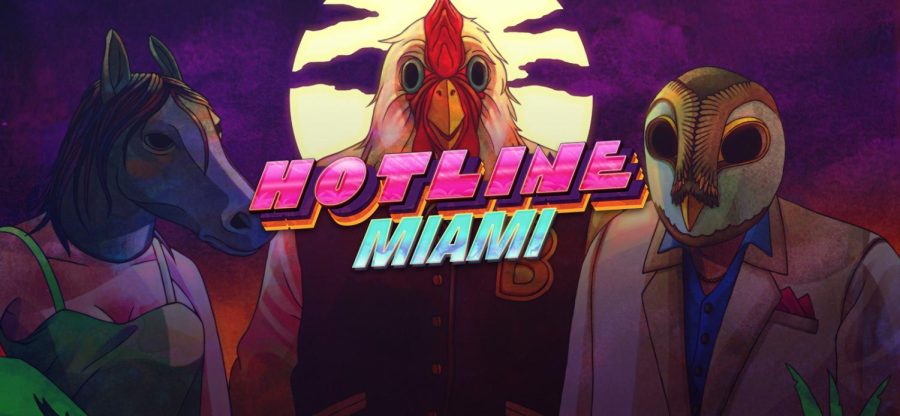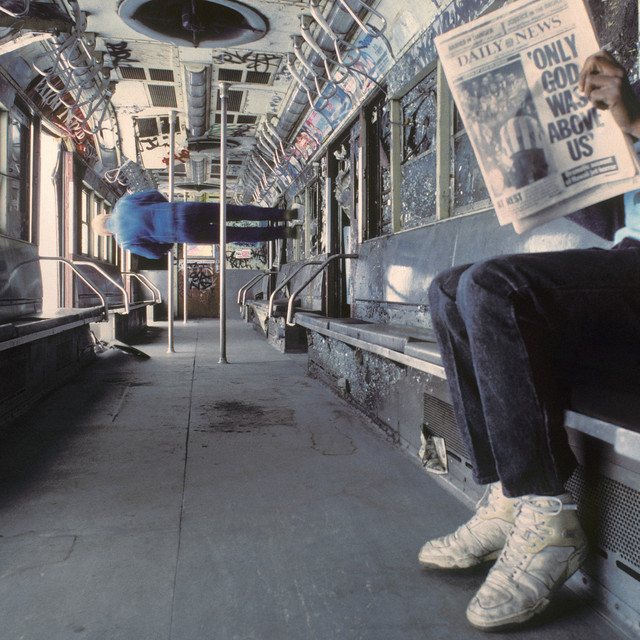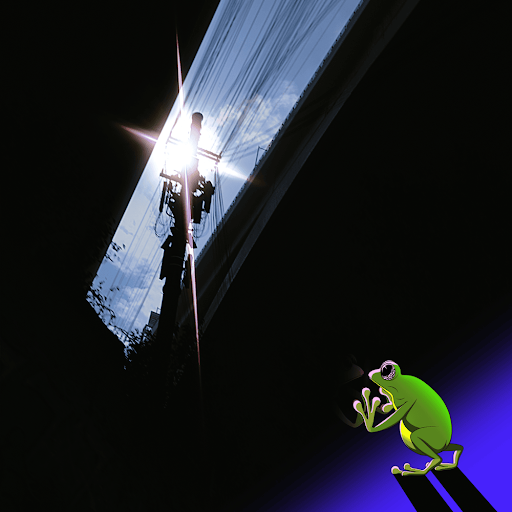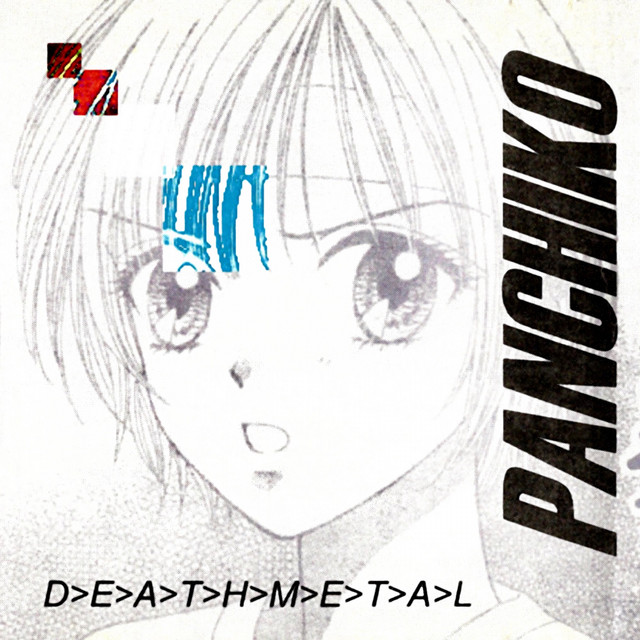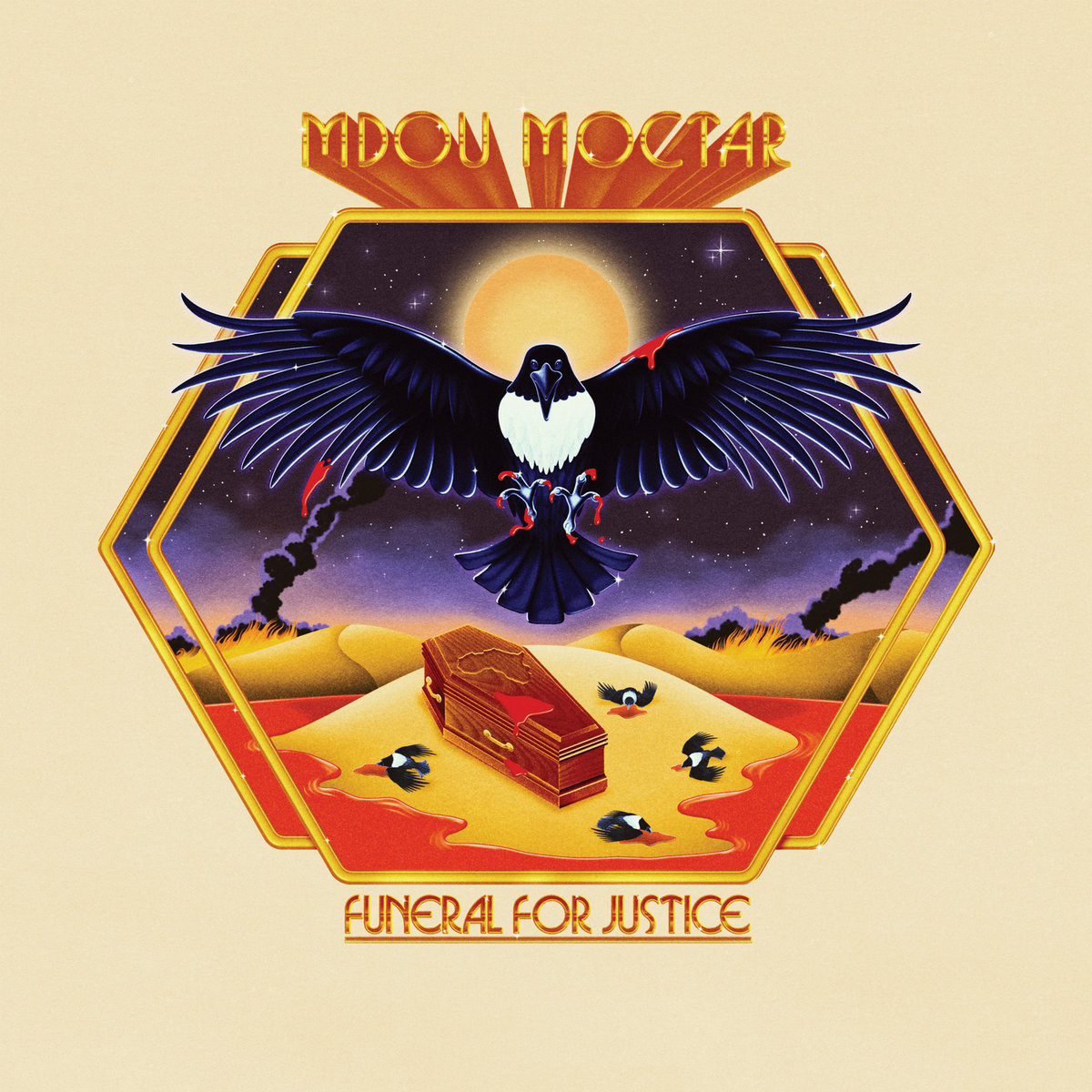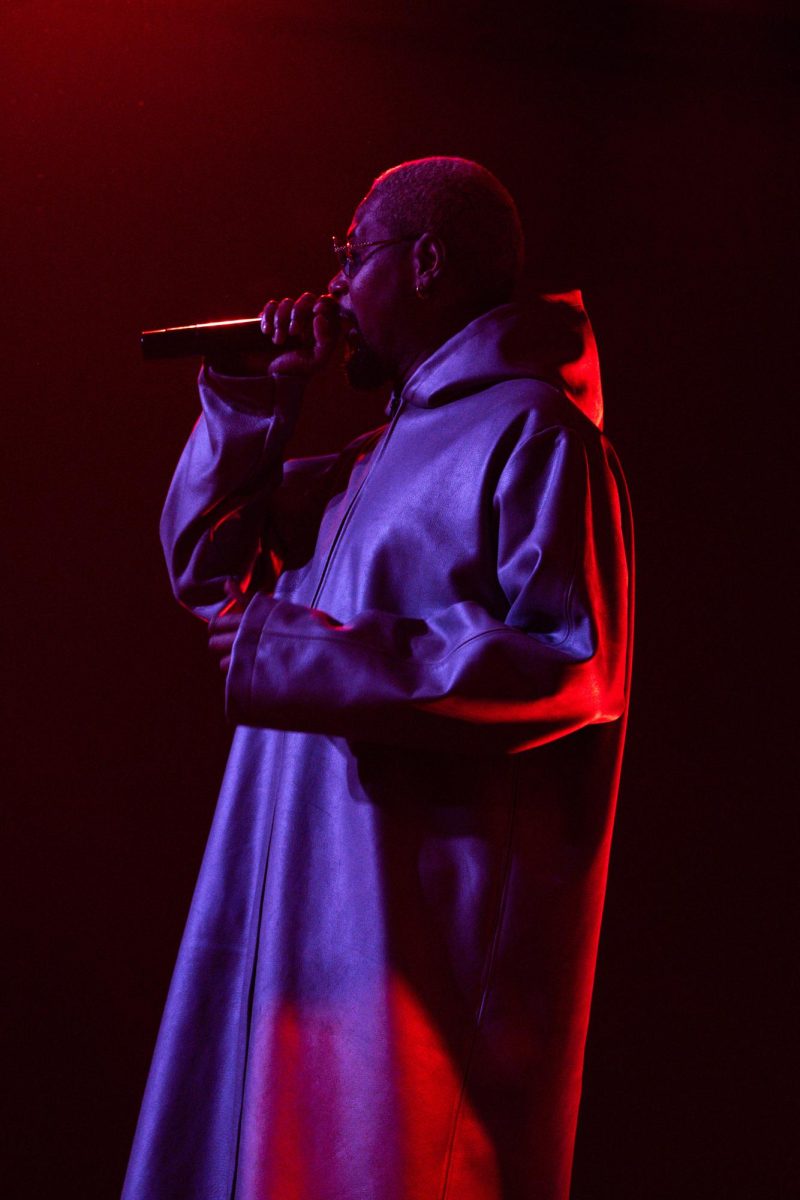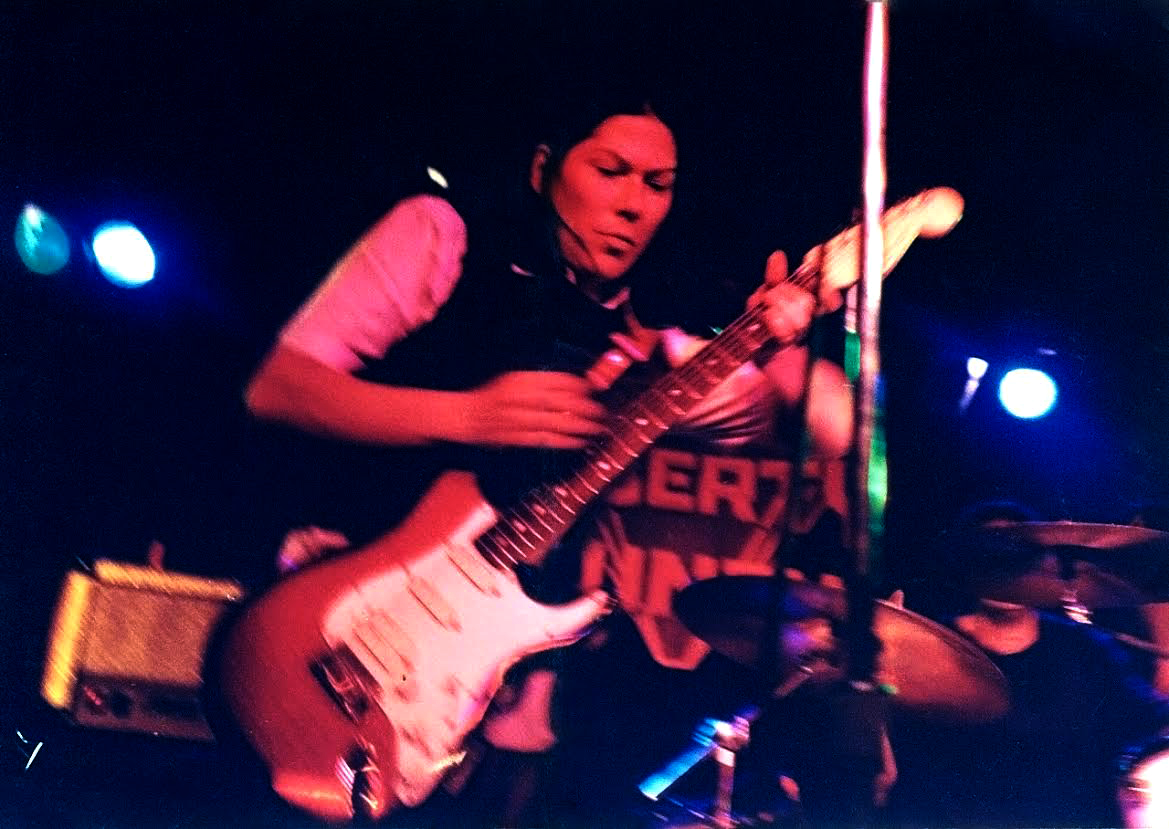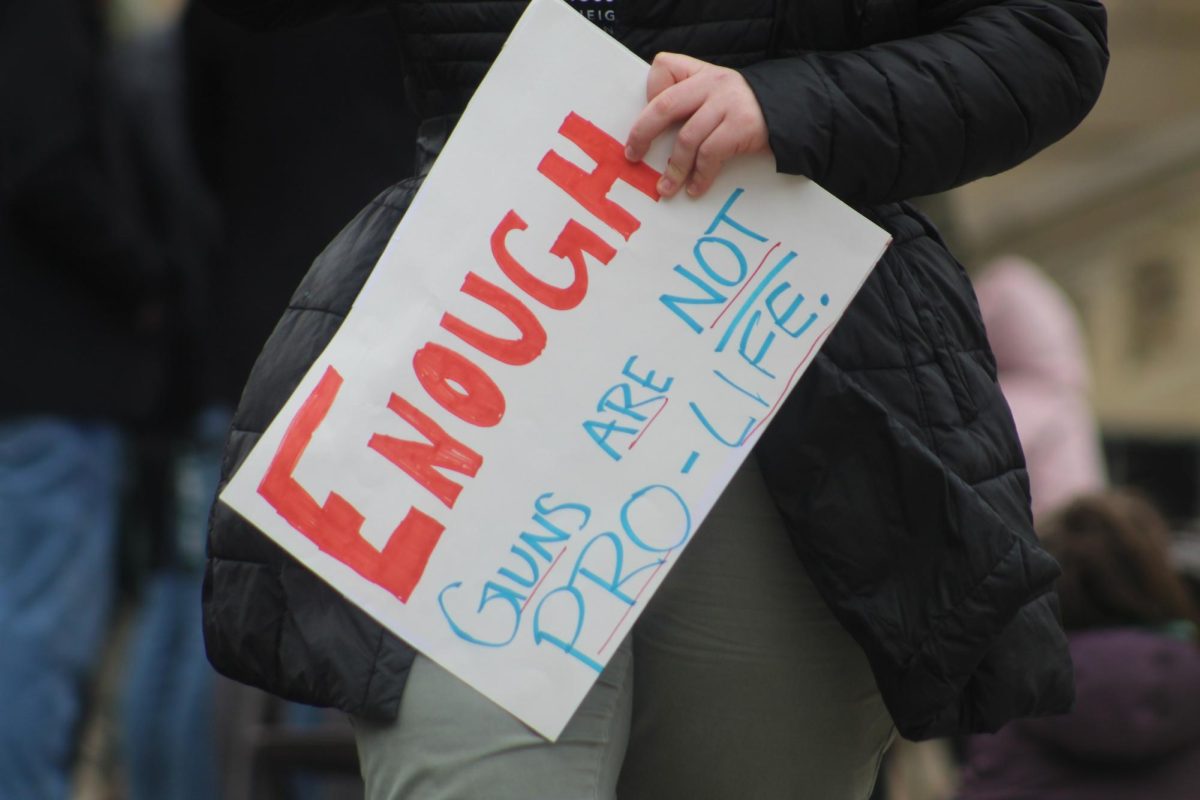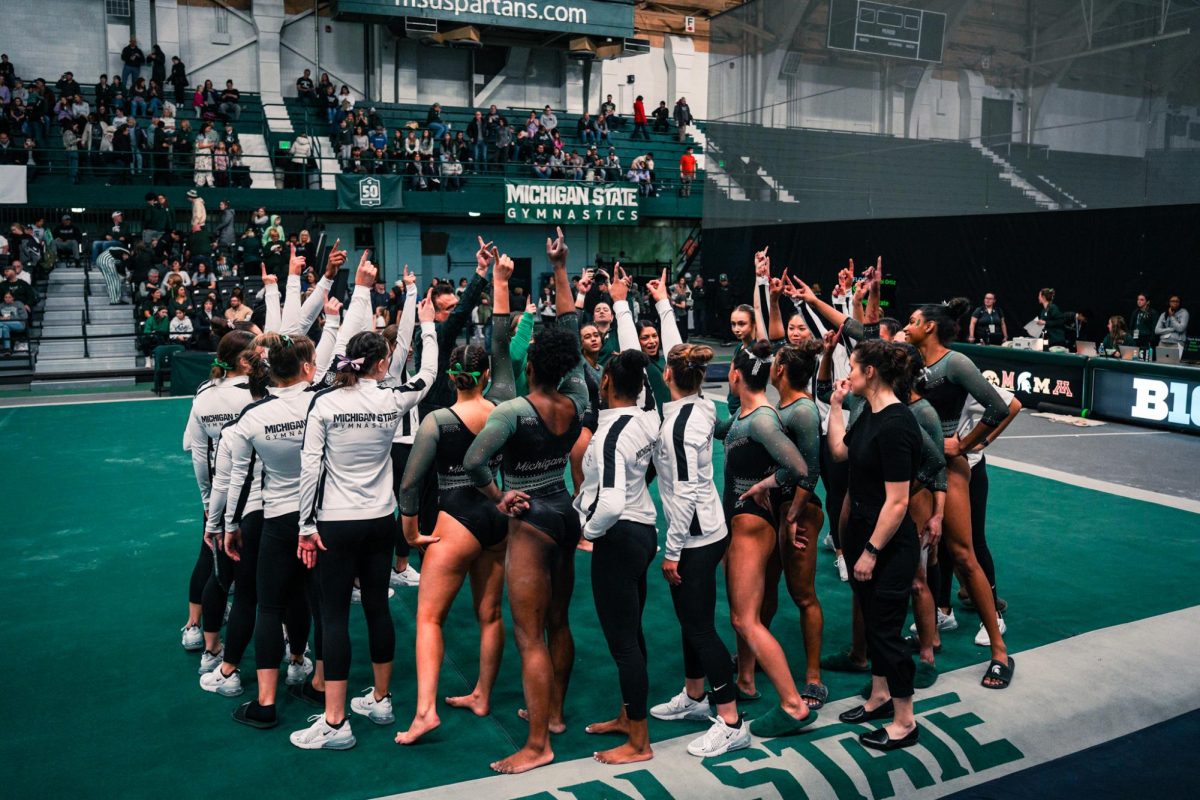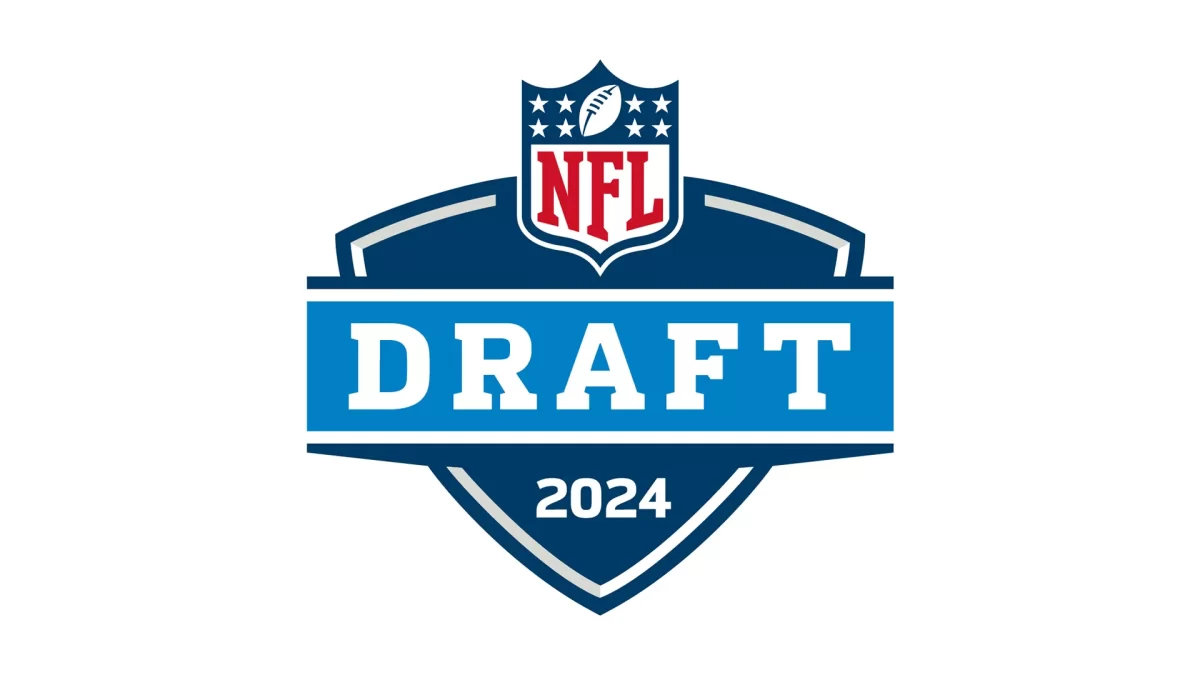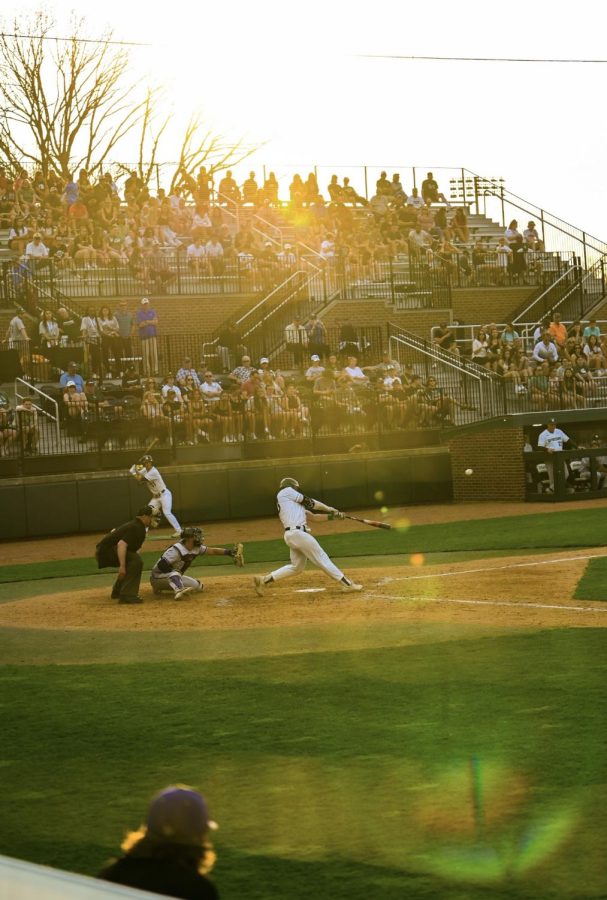We Play It For The Music | Hotline Miami
November 5, 2021
An ultraviolent trance that cyclically swirls in through the eyes, around the brain and deep into the heart and gut, one of seemingly endless guns, knives, bats and blood-stained neons — this is what waits beyond the lush, equally hypnotic loading screen of Devolver Digital and Dennaton Games’ 2012 top-down shooter Hotline Miami. The game’s masterminds, Jonatan Söderström and Dennis Wedin, have crafted a truly distinct environment for the game. Many works in the realms of film, television and gaming have tried to capture that same gorgeous, ’80s-obsessed brutality, but Hotline Miami is one of the few that hasn’t found itself lost and ultimately forgotten in all the hazy pinks, purples and blues. The aesthetic isn’t gimmicky, it isn’t forced: it’s essential. Hotline Miami capitalizes on the style’s surreal, dazing capabilities, perfectly entwining it with the mysterious story and hectic, gory gameplay, conjuring a world that can be reasonably seen as our own or as some hellish dreamland. These lines are constantly blurred.
What has risen from that aesthetic and convinced so many to play Hotline Miami is the iconic soundtrack, which pairs the daze and carnage with a blood-pumping, sometimes-nauseating slate of synthwave and electronica. Included is both original soundtrack work and pre-existing tracks, many of which have enjoyed a newfound brand of cult-stardom along with the game.
When the game opens and the title screen appears, relaxation arrives in a great wave. All the text floats gently, rocking from side to side as palm trees file endlessly behind. The cotton candy color palette, baked in static lines, grants an entrancing, nostalgic security — one that can make it difficult to start the game. Watching those hues flow in and out, in and out can be so peaceful. Sun Araw’s “Horse Steppin’” binds this all together with a slow, spacy cloud that manifests a groggy, care-free day at the beach — the slow drum taps, tambourine-shakes and crashing ocean would let on nothing more. But these things are deceiving — when that title screen is passed and the game is played, shut off, then turned on again, the formerly-innocent soundscape takes on a new meaning. It’s still relaxing, but there’s a poison in it that can be tough to shed. Considering the song two-faced is understandable, but this song wasn’t composed for the soundtrack. It existed before. The fact that Hotline Miami’s gameplay and story changes the effect of “Horse Steppin’” so greatly is a testament to both the game and the entirety of the soundtrack, which mold each other as any elite pair should.
One of the greatest recurring sequences in Hotline Miami is the main character’s — known by fans as Jacket — trips to what some call the “Animal Room.” The first trip is made toward the game’s beginning — the lights are dim, insects swarm, the animal masks addressing Jacket tease, question and fume. The accompanying music, Coconuts’ “Silver Lights,” antagonizes just like the masks: its deep, rumbling fuzz toys with players’ insides, invoking an unshakable queasiness, an unmistakable sense of dread. It plays perfectly into Hotline Miami’s absurd side, picking and scraping to reinforce the game’s themes regarding the subconscious.
One of the tracks that meshes best with the gameplay of Hotline Miami is the crazed, pulsing stream that is M|O|O|N’s “Paris.” What sounds like the catalyst for a manic, strobe-infested mosh pit serves perfectly as a soundtrack to pixelated massacre. The track shows up a few times throughout the game, always forcing urgency, always forcing the heart to beat faster, faster, faster. Each life Jacket takes seems to fuel the song, granting it greater power as these levels progress — shotgun blasts and door slams and bashed heads all seem to fall in line with meticulous, blood-soaked compositions born of each individual player.
A strong counter to “Paris” is El Huervo’s “Daisuke.” This is simply a calm track, a comfortable listen. One of the few tracks in Hotline Miami easily separated from loose organs and gunfire. That doesn’t mean it’s completely unmarred, though. As it plays with Jacket’s every visit to the store, the scene becomes a little more grim, but compared to the rest of the game’s events, there isn’t much blood in its notes.
Perhaps the most frequently played song in the game is Sun Araw’s “Deep Cover,” a song best summed up as heavy. Its slow, repetitive rumbling teeters between tranquil and deeply disturbing, but it is always mesmerizing — there’s a slight film of panic surrounding the whole composition, so in the context of the game it’s perfect. Every time Jacket enters his apartment — where he receives phone calls telling him where to kill — the song blasts, absorbing all the acts that occur outside the apartment then dropping them in that space. The pure weight of the bass is incredible.
And now it’s time for some post-coma music. Scattle’s “Flatline” crawls throughout the Hotline Miami chapter “Trauma,” where static lines run thick, where haze and grain and bright light are overbearing. The camera rocks and rocks as the heart monitor beeps of “Flatline” whisper along with all the gentle synths, bass plucks and keys. Jacket can’t help but sway and stumble in the midst of all this; the level’s occasional fuzzed ringing only disorients more. There are no fights or deaths in “Trauma,” but through its incomparable cloud of confusion and excellent music it remains a highlight instead of a flashy bore, one that leads into an epic final stretch of unbridled slaughter and revenge.
Jasper Byrne’s “Miami (Original Mix)” plays at the end of each level, where the score is tallied, so covering it last seems to make sense. Like the rest of Hotline Miami, this song is stylish — it sums up 1980s Miami or pop culture’s image of it, manifesting that Tony Montana red shirt and white suit from Scarface or everything from Miami Vice. All the game’s neons and murders and triumphs are rolled up into it, giving all that happens in each prior bloodbath a slick, cool coating. Where the masked individuals from The Animal Room try to guilt the main character and the player, “Miami (Original Mix)” tries to encourage. Charging into the jaws of that retro death and emerging unharmed — perhaps with an A or A+ score — and having that pulsing, glittering bass ring — it’s not something easily given up on.
And that’s one of Hotline Miami’s many great triumphs: it’s not easily given up on. Even when fighting legions of white suits and dogs becomes nearly unbearable, it’s tough to peel away from the soundtrack, the colors, the action itself. The desire to complete each level and score higher and higher and higher becomes unquellable. The game almost holds the same grip on the player that the mysterious phone calls hold on Jacket. Now perhaps that’s an exaggeration, just a weird way of saying the game is unique, unlike any other or simply fun. And I’m fine with just saying that. Yes, I think it’s fun. Perhaps too much fun. That’s why I unlocked the “Get A Life” achievement.


